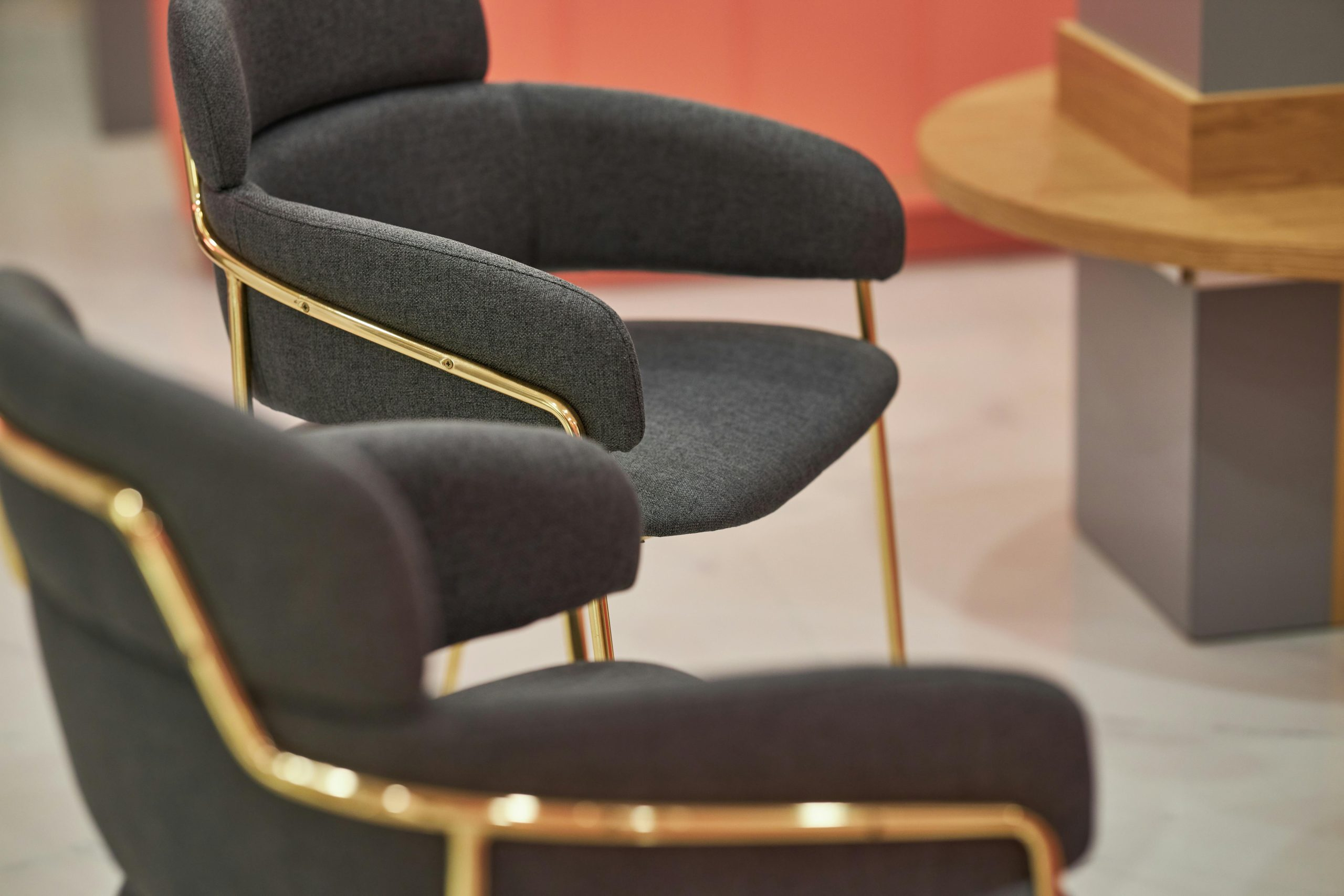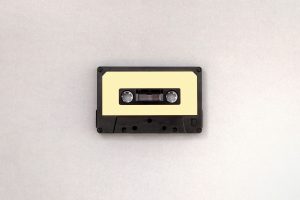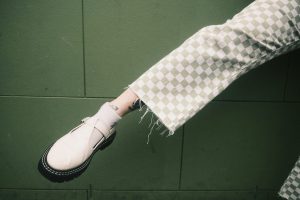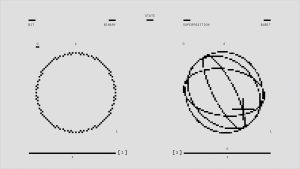Deadstock Fabric Gold Rush: Turning Waste into Luxury
In the world of fashion, trends come and go faster than we can keep up. As consumers, we are constantly bombarded with new styles and collections, leading to a never-ending cycle of overconsumption and waste. This is especially true in the textile industry, where fast fashion reigns supreme and sustainability often takes a backseat. However, there is a rising trend that is changing the game – the deadstock fabric gold rush. With deadstock fabric, waste is being turned into luxury, proving that fashion and sustainability can coexist.
The Rise of Deadstock Fabric
Deadstock fabric, also known as remnant or surplus fabric, refers to the unsold fabrics that are left over from textile production. These fabrics are usually discarded or destroyed, contributing to the massive amounts of textile waste that end up in landfills every year. However, in recent years, designers and brands have started to see the potential in deadstock fabric, leading to a rise in its popularity.
The appeal of deadstock fabric lies in its unique and limited nature. Since it is leftover material, the supply is finite and cannot be reproduced easily. This makes it highly sought after by designers and consumers looking for one-of-a-kind pieces. And with sustainability becoming a top concern in the fashion industry, deadstock fabric offers a more ethical and environmentally-friendly alternative to traditional fabric production.
The Benefits of Using Deadstock Fabric
There are numerous benefits to using deadstock fabric. First and foremost, it helps to reduce textile waste and carbon footprint. By repurposing discarded fabric, the need for producing new fabric is decreased, resulting in less energy consumption and pollution. This also means less pressure on natural resources, such as water and land, which are heavily used in textile production.
In addition to its environmental benefits, using deadstock fabric also supports the local economy. Most deadstock fabrics are purchased from local suppliers, providing economic opportunities for small businesses and communities. By using locally-sourced materials, designers are also able to create products that have a unique sense of place and story behind them.
Furthermore, purchasing deadstock fabric is often more cost-effective than buying new fabrics. Since these materials are already in existence, they are usually priced lower than freshly produced fabrics, making it a win-win situation for both the designers and consumers.
The Deadstock Fabric Gold Rush in Fashion
The deadstock fabric trend has gained momentum in the fashion industry, with both established and emerging brands incorporating it into their collections. High-end designers like Stella McCartney and Emilio Pucci have been using deadstock fabric for years, while smaller sustainable fashion labels like Reformation and Mara Hoffman have made it a core part of their brand ethos.
The use of deadstock fabric is not limited to clothing. Jewelry brands like Alex and Ani and Article22, known for their sustainable practices, have also embraced deadstock materials in their designs. Even larger retailers, like H&M and Zara, have started to experiment with deadstock fabric in their collections, showing that sustainability is becoming a priority for the mainstream fashion industry as well.
The Future of Deadstock Fabric
The deadstock fabric trend is not just a passing fad. It represents a significant shift in the fashion industry towards a more sustainable and circular economy. As consumers become more conscious of the environmental impact of their choices, the demand for sustainable products is only going to increase. This, in turn, will push brands and designers to find innovative ways of incorporating deadstock fabric and other sustainable materials into their collections.
With the rising popularity of deadstock fabric, we are witnessing a transformation in the fashion industry. From being a major contributor to global waste and pollution, it is now taking the lead in promoting sustainability and responsible consumption. The deadstock fabric gold rush is paving the way for a greener and more ethical future of fashion.
Conclusion
Deadstock fabric represents a unique opportunity for the fashion industry to address its sustainability challenges. By turning waste into luxury, it is not only producing beautiful and exclusive products but also contributing to a more sustainable world. With the support of designers, brands, and consumers, the deadstock fabric gold rush is set to transform the fashion industry for the better.











